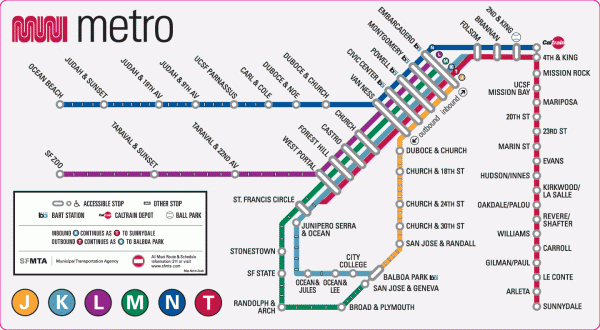One of the areas of design I am very passionate about is green technology.
Below is a device that allows you to charge a usb appliance using the energy that you generate while riding a bike.

Descriptive Words:
Depth
Balance
Mechanicalness
Asymmetry
Next is a window blind design that absorbs solar radiation during the day and provides light at night with the stored energy.

Regularity
Symmetry
Unity
Harmony
The two designs are both have been created with energy conservation in mind. The first was a device that has a compact and economic form so not to be too bulky for a bicycle rider. The window blinds are a simplistic idea: if you have to cover the window from the sun, why not get the benefit of the energy instead of wasting it? Both create a sense of depth. The bicycle unit while mechanical in nature, is asymmetric while still maintaining a feeling of balance. Each window blind is in unity with the other to make a regular pattern of blinds. This pattern gives harmony to the window and lends to a calming effect in eye of the observer.



 http://www.treehugger.com/
http://www.treehugger.com/